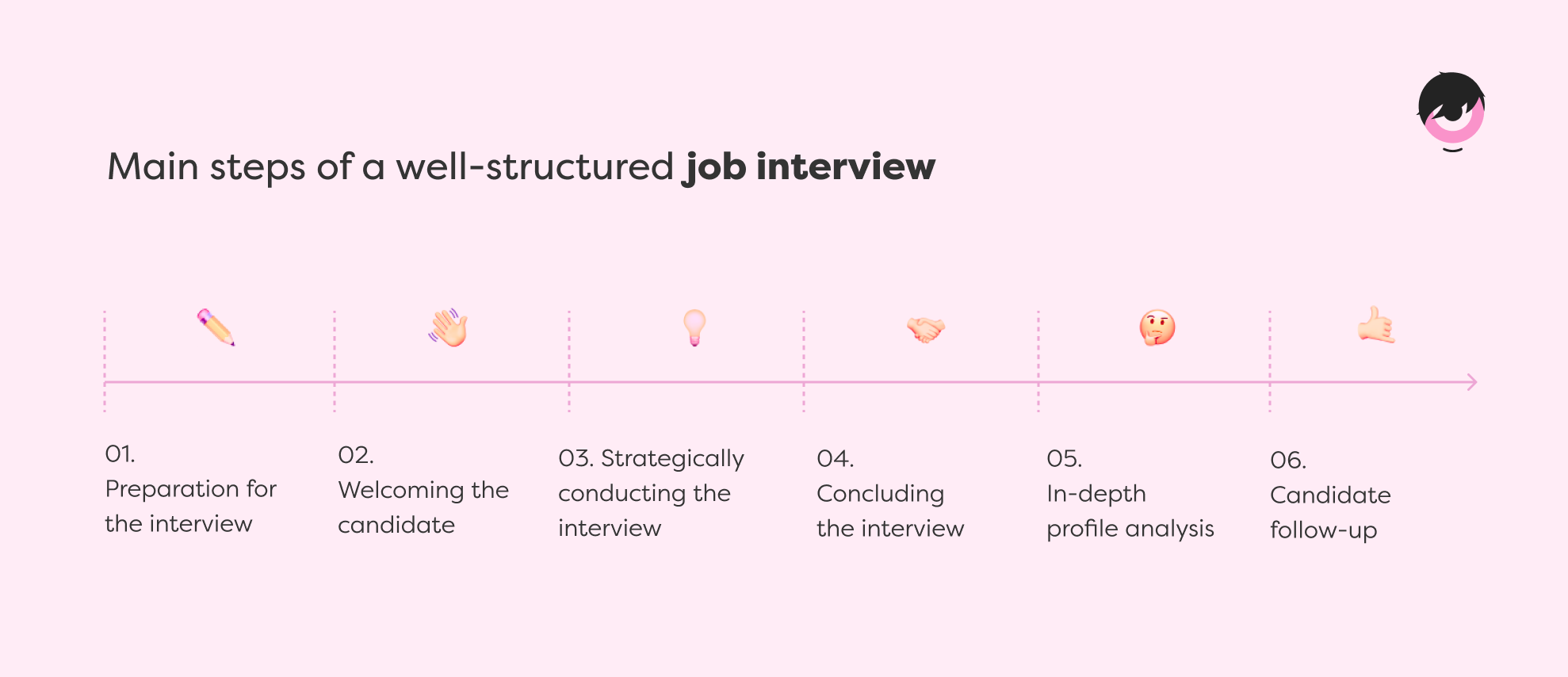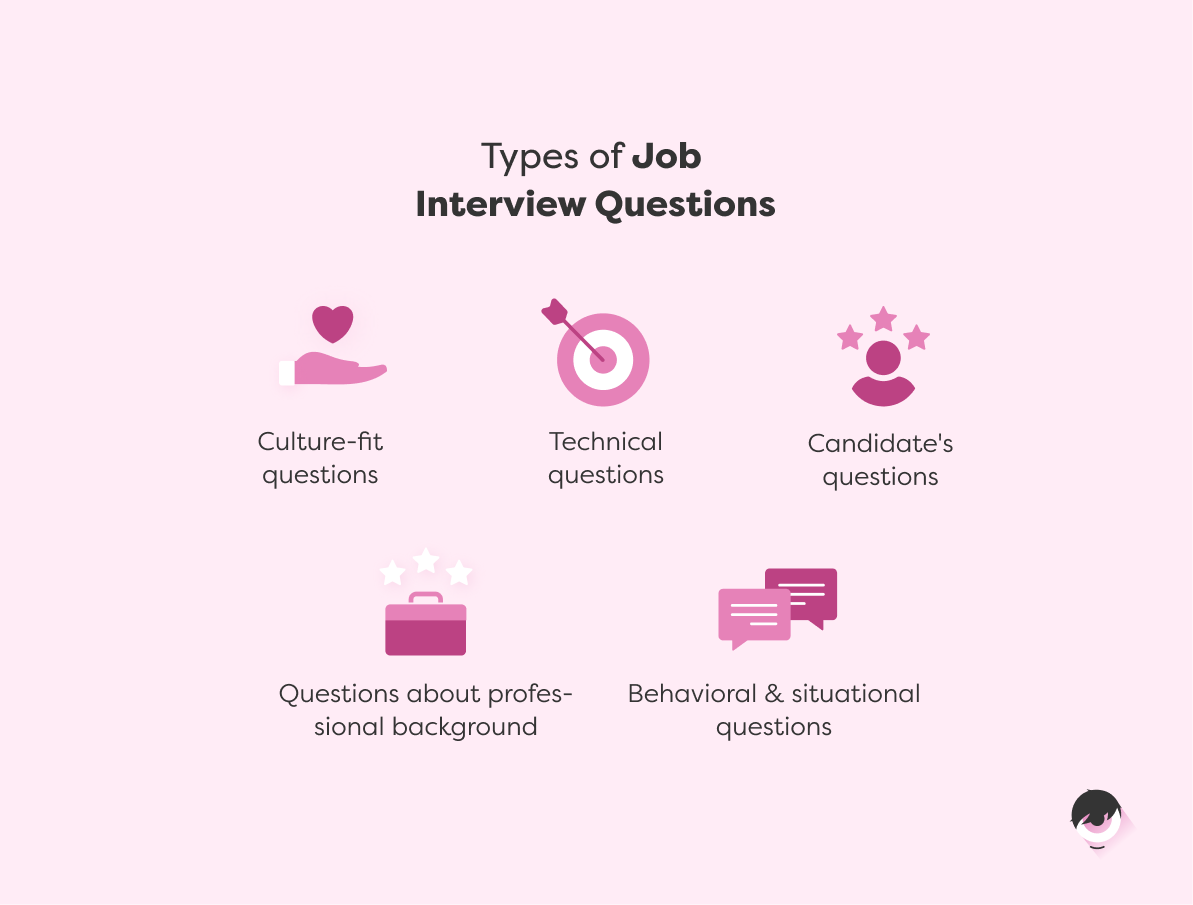Every single step of a recruitment process is essential to ensure strategic and effective hires. However, the job interview is especially important for recruiters, HR managers, and employers who want to find the ideal candidate.
More than often, job interviews lack proper structure and preparation. Yet, having a well-organized interview process ensures a fair and effective evaluation of all candidates.
Without further ado, here are the key steps you need to implement to structure and optimize your job interviews!

















